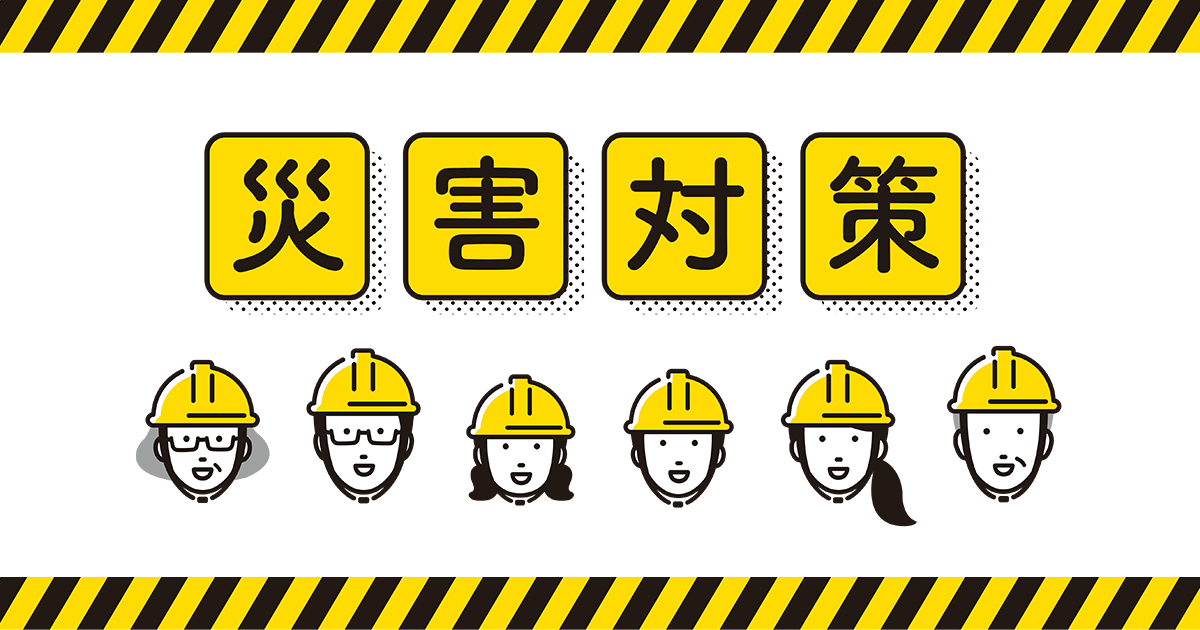The Economist経済コラムの一節・if the consensus is bearish~
手元に質問が溜まっていますので、以前の質問で決着のついていないものもありますが、同時並行して質問させていただきます。
The Economist の経済コラムからの質問です。12月30日の「Ready for a rally?」と題するもの。
中途の段落を念のため2つ引用します。
But corporate collapses would hardly count as the big surprise of 2009. What would? Country risk also returned in the course of 2008, with Iceland the most notable example. But although emerging-market bond spreads have widened, they have not done so to anything like the same extent as high-yield debt. There may be some more country defaults in 2009, as export volumes and commodity-related revenues slump, and as Western banks, under political pressure, focus on domestic rather than international lending.
Markets have a terrible tendency to inflict maximum pain on the maximum number of investors. For example, if the consensus is bearish on the dollar, investors will be positioned for a decline in the American currency. If the greenback then rises, investors are forced to buy the dollar, pushing the currency up even further.
上記文章中の if the consensus is bearish on the dollar, investors will be positioned for a decline in the American currency. If the greenback then rises, investors are forced to buy the dollar, pushing the currency up even further. の部分の意味を経済金融の素人にもわかるようにご説明ください。
なお、質問箇所以外の部分の意味はざっと次のようなものと思います。
しかし、2009年は、企業の破綻のニュースが予想外と受け取られることはまずないだろう。では、そう受け取られるものはあるだろうか。2008年にはカントリーリスクが再登場した。アイスランドがその最も顕著な例である。だが、新興諸国の債券スプレッドが拡大したとはいえ、それは高利回り債ほどではない。2009年には、より多くの国が債務不履行に陥るかもしれない。輸出量とコモディティ関連の収益が低迷を続け、西欧諸国の銀行が政治的圧力から海外での融資よりも国内での融資に力を注ぐからである。
市場には最大多数の投資家にできる限りの痛みを押しつけるという恐るべき傾向がある。例えば、if the consensus is bearish on the dollar, ~


























お礼
こんばんは、どーもです。 うん、やっぱりとんこつに限りますよね。^^ たまーに醤油も食べますが・・・。 返答ありがとうございました。おやすみなさい。。。